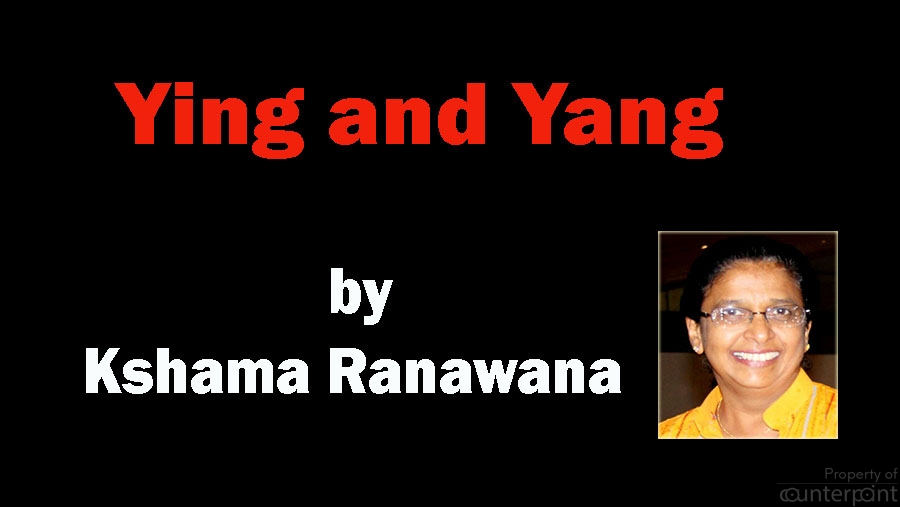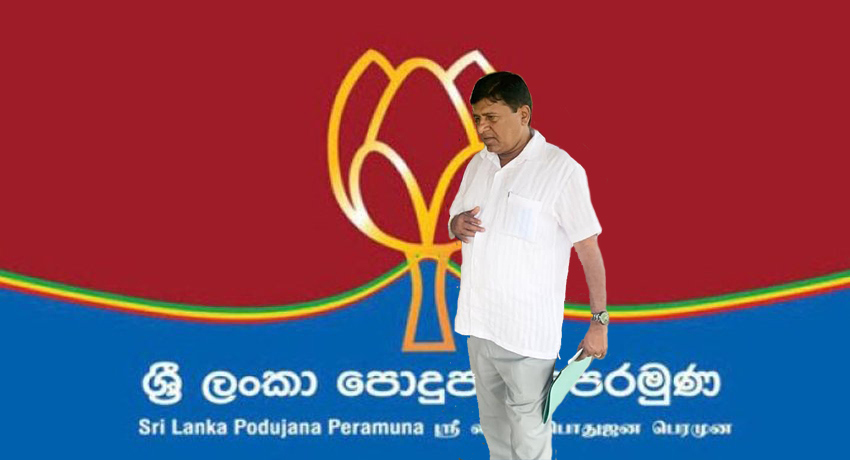New Zealanders elected a new parliament a few days ago and with it they’ve got themselves a well-represented legislature in terms of inclusivity.
Indeed the 53rd Parliament of New Zealand consists of not only several members of colour and of the LGBTQ+ community butalso a higher number of women parliamentarians. Prime Minister Jacinda Arden’s Labour Party bagged 64 of the 120 seats and more than half of those members are women.
One of them is Sri Lanka born Vanushi SitanjaliWalters née Rajanayagam. A lawyer by profession, VanushiWalters, who is in her late thirties, has notched up an impressive record of standing up for human rights.
The first Sri Lankan born MP in New Zealand, Walters was the General Manager at YouthLaw Aotearoa, a Senior Manager atthe Human Rights Commission and has also been a Member of the International Board of Amnesty International.
Born in 1981, Walters had left Sri Lanka with her parents when she was five years old and is the great granddaughter of NesamSaravanamuttu, the second woman to be elected to the then State Council of Ceylon. Her great- grandfather, Sir RatnasothySaravanamuttu was the first elected Mayor of Colombo.
At the other end of the world, in 2011, another Sri Lankan born woman made history, when she was elected to Canada’s federal parliament. Rathika Sitsabaiesan was not only the first of Sri Lankan origin to become a member of the House of Commons of Canada; she was also the first woman and the first amongst visible minorities to win her riding of Scarborough-Rouge River and was also at the time the youngest MP from the Greater Toronto area.
Unlike in Sri Lanka, neither Walters nor Sitsabaiesan, also born in 1981 have not had any family members in those parliaments, holding a space as it were, for them. They made it on their own steam, carving a name and niche for themselves through their education and work. Politically active since her school days, Sitsabaiesan held various positions in the National Democratic Party (NDP). She too left Sri Lanka with her family when she was five years old.
Needless to say, the families of both women who are of Tamil origin would have sought refuge in foreign countries as tensions between their community and the Sinhalese continued to worsen in those times. And it is their adoptive home countries that have stood to gain.
Photo Caption: Making history- Sri Lankan born VanushiWalters (photo courtesy Twitter) and RathikaSitsabaiesan (photo courtesy FB)
According to political commentators, New Zealanders have, this time around opted to elect a younger and very diverse parliament, sweeping out many of the older white males, including some who have apparently been in politics for at least thirty years.
It is a different story here in Sri Lanka, though. An electorate that showed immense frustration in its elected representatives, vowing to have a clean slate, simply voted most of them back to parliament at the August election. And, though there were many younger and first time contestants vying for a chance to become Members of Parliament, a good number re-elected are septuagenarians and octogenarians who have been in politics for decades!
Sri Lanka prides itself of being the oldest and a modern democracy in Asia. Though how great a democracy it is, is subject to question, and if the proposed 20th Amendment to the constitution goes through, there is every chance of the country moving towards autocratic rule.
And even as both New Zealand and Canadian parliaments continue to boast an increase in the number of women elected to parliament, female representation in this oldest democracy of Asia has remained static.
In 1931, universal franchise was introduced to Sri Lanka, then known as Ceylon, with men and women above the age of 21 winning the right to both vote and contest at elections. Even so, in the 1931 election there were no women contestants. That November though, Adeline Molamure contested and won the Ruwanwella seat at a by-election, when the seat became vacant on the death of her father, Adigar Meedeniya. Thus, she became the first woman to enter what was known then as the State Council. The next to win a place at the State Council was Walters’ grandmother, Nesam Saravanamuttu, who also won the by-election which was held to fill the vacancy created when her husband Sir Rathanajothi Saravanamuttu was unseated following an election petition.
While Molamure had lost her seat to Dr. N M Perera at the 1936 election, Saravanamuttu went on to win hers, though hers was a short lived political career as she died in 1941. Adeline was appointed to the Senate in 1947, by then Prime Minister D S Senanayake and in 1951 she became its Vice President, the Senate until 1961.
Though Sri Lanka enjoyed universal franchise long before many other countries won that privilege, and also produced the world’s first woman Prime Minister, the number of women in parliament has remained dismal; from 1947 to 1956 when there were 95 elected seats, only nine women made it to parliament, while 12 had been elected to a parliament of 151 seats between 1960 and 1970. Even though the seats in parliament have increased over the years the maximum number of women MP’s has been 13! Following the parliamentary elections of August this year, eight women were elected and four appointed via the national list, making a grand total of 12, one less from the previous parliament.
And of course, the pattern adopted right from the start, where women have entered politics and won seats in parliament to fill a void left by a male relative or because they hail from families that have dabbled in politics, continues, in Asia’s oldest democracy. Be it Adeline Molamure the first to be elected to the State Council, Nesam Saravanamuttu, Sirima Bandaranaike the world’s first woman Prime Minister, SudharshanieFernandopulle, Chandrika Kumranatunga or Rohini Kaviratne or almost anyone else, the pattern has been the same. In fact, it is true amongst male politicians in Sri Lanka as well.
The number of women and men finding a place in parliament without such family backing is miniscule.
Following many years of agitation and advocacy the Yahapalanagovernment set aside a 25% for women at the local government poll held in 2018. There was hope that a similar allocation would be forthcoming for the parliamentary elections. While that did not materialise, rather disappointingly the better known political parties fielded just 24 women between them at the August elections. The total number of contestants at that poll was 7000. Though lesser known and minor political groups fielded more women, the Sri Lankan electorate, used to voting only for the better known parties, failed to even given thoseother women a chance. And so, except in the very rare instances, while the same old faces continue to sit in parliament, other younger women and men for that matter must contend to remain on the periphery of political life.
Sitsabaiesan and Walters have indeed proved to the world that women can reach the highest position of governance on their own steam, even though they first began life in their adoptive countries as aliens.
In independent Sri Lanka, the first ceremonial sitting of Parliament took place on February 10, 1948, and here we are 72 years later, with still just a handful of women legislators even though there are 225 seats in parliament.
Indeed, despite being Asia’s oldest democracy, if we continue in this vein, Sri Lanka will be light years away from not only achieving gender parity in the highest echelons of power, but also being truly representative of the people that inhabit this country.







